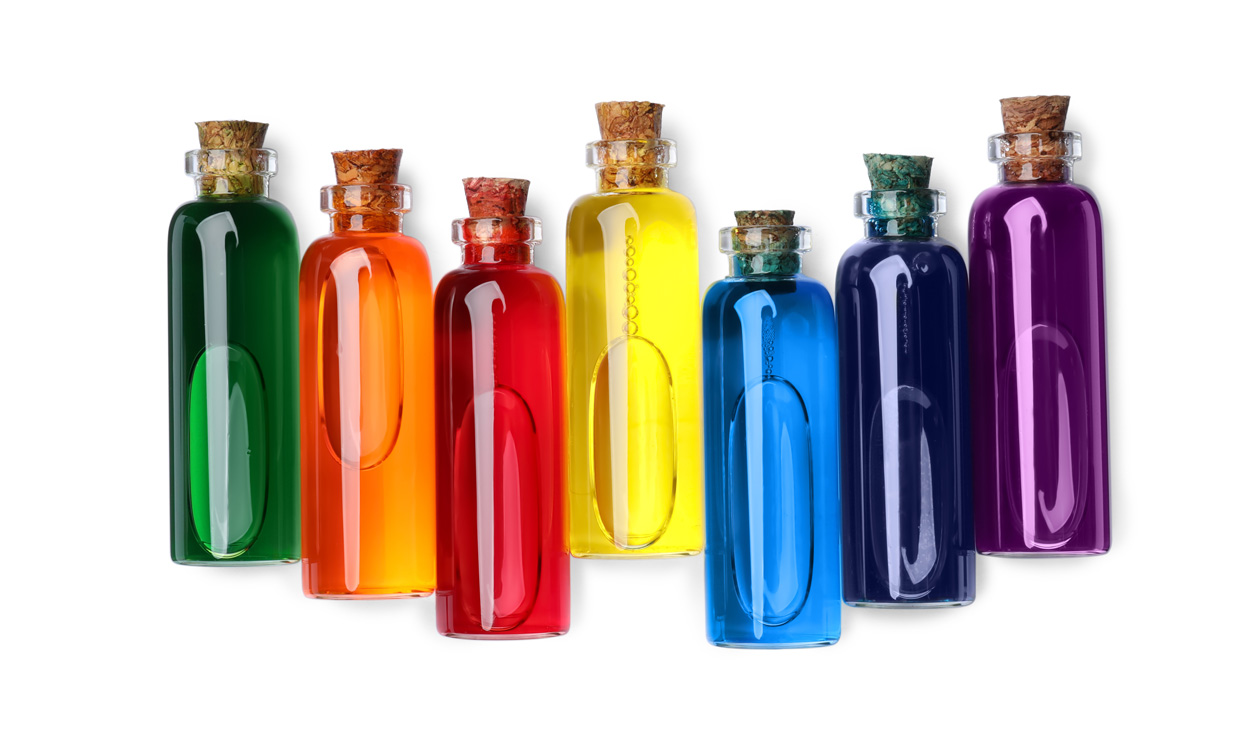“As I’ve said before, the US conversion to natural colors is the single largest revenue opportunity in Sensient’s history,” CEO Paul Manning told investors in an earnings call following the company’s second-quarter results announced on July 25. “We made a strategic shift in natural colors more than 15 years ago… We believe that the conversion to natural colors was inevitable given the broader market conversion to more natural food products.”
US state legislatures have introduced 112 color-related bills so far in 2025. West Virginia has passed a law banning the sale of food products containing synthetic colors, effective January 1, 2028. Beyond state-level legislation, a high-profile federal push is also reshaping the landscape. US Health Secretary Robert F. Kennedy Jr. has made artificial dyes a central focus of his “Make America Healthy Again” (MAHA) initiative, calling for a nationwide phase-out of petroleum-based food colorants such as Red No. 40 and Yellow No. 5. The FDA, under Kennedy’s leadership, has fast-tracked approvals for natural alternatives and is reportedly working toward eliminating several synthetic dyes from the US food supply by the end of 2026. Manning said this timeline is already influencing reformulation and investment decisions among food brands aiming to transition away from synthetic dyes by 2027.
Against that backdrop, Sensient Technologies raised its full-year adjusted EBITDA guidance and reported a 14% increase in adjusted EBITDA and a 21% rise in adjusted EPS in local currency terms. Revenue for the quarter rose to $414.2 million, up from $403.5 million a year earlier, while adjusted operating income increased to $61 million.
The Color Group delivered 6.6% local currency revenue growth and a 22.1% rise in operating profit. According to Manning, these gains were not yet driven by large-scale natural color conversions, suggesting further growth potential as regulatory changes begin to take effect.
“To ensure we continue to optimize our portfolio,” Manning added, “we will continue to emphasize (R&D) for the foreseeable future.”
“Choosing less vibrant colors or eliminating color altogether has repeatedly led to poor outcomes in the market,” Manning said. “Our R&D efforts are dedicated to removing any gaps that exist between synthetic and natural color performance.”
The company increased its 2025 capital expenditure forecast to approximately $100 million, up from its prior estimate of $80–90 million, citing the need to scale up production capacity for natural colors. Capital spending is expected to remain above $100 million in 2026.
“Today’s manufacturing footprint would be insufficient to convert that $110 million (in synthetic color sales),” Manning said. “So, the incremental spend is really essential to the longer-term opportunity.”
Elsewhere, the Asia Pacific Group posted 7.6% local currency revenue growth. The Flavors & Extracts Group saw a 3.2% revenue decline but increased operating profit by 8.6%, supported by improved mix and new customer wins. Sensient’s natural ingredients segment continued to face cost pressure from crop issues, but improvements are expected in late 2025 and into 2026.
“Volume growth, mix, and making sure that we’re maintaining our SG&A base… that’s really what’s driving (margin gains),” said CFO Tobin Tornehl, adding that pricing had minimal impact.
The company also said it expects the total impact of U.S. tariffs in 2025 to be slightly lower than the $10 million previously forecast, noting that it has taken pricing actions and supply chain adjustments to offset costs.
While personal care sales were soft in North America and Europe, Manning said he sees future potential in that segment too. “There is an inevitable conversion to natural colors that you will see in personal care in the coming years,” he said.
Sensient reiterated its commitment to long-term investment in its natural color business, as food and beverage customers prepare for the US market shift. “You could have great technology and great capacity and wonderful salespeople… but if you don’t have botanicals, the train stops,” Manning said.
Discover more about our food additive market intelligence here.
Image source: Adobe
Written by Fei Thompson




